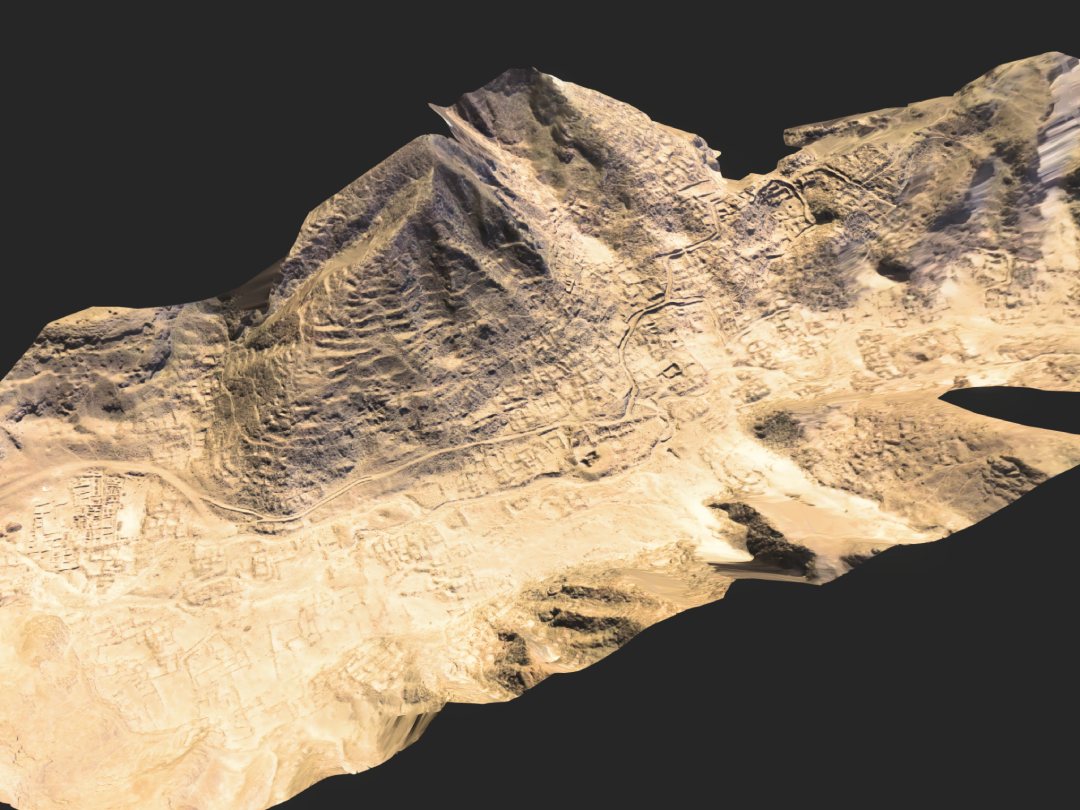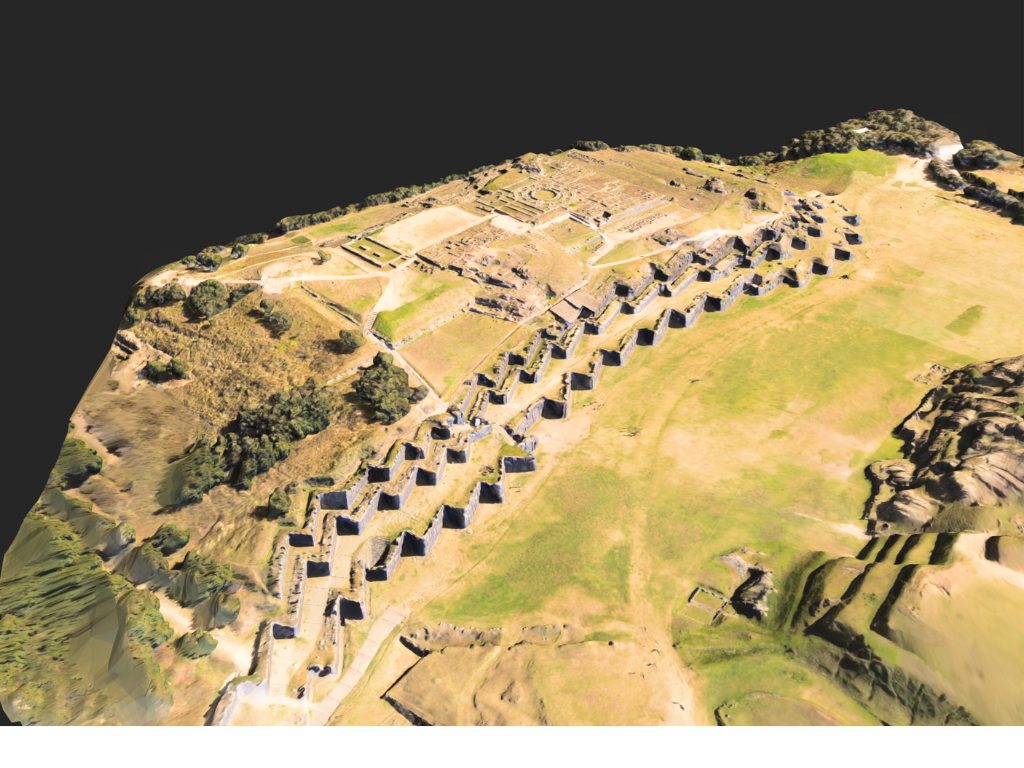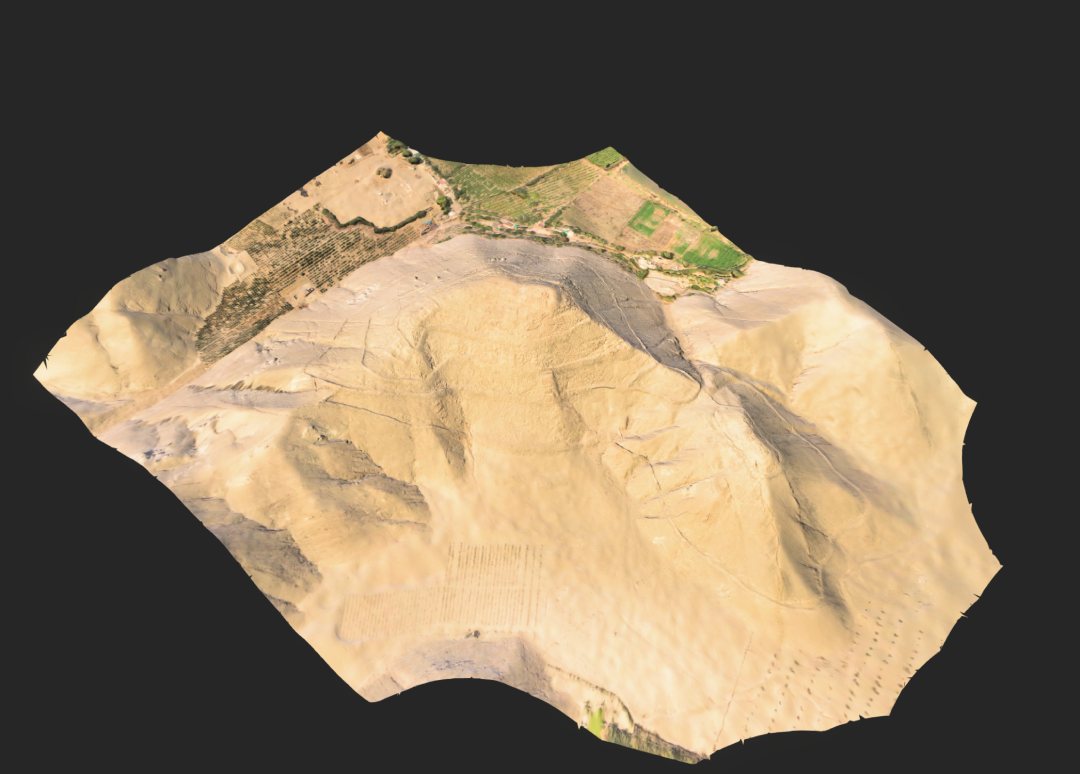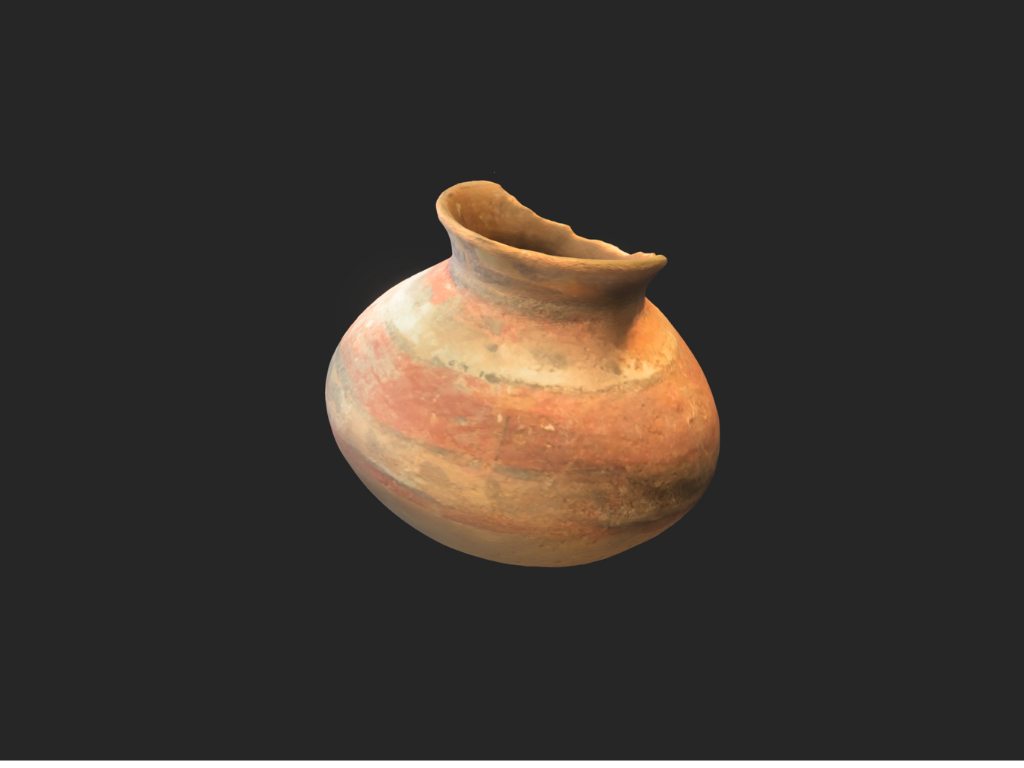3D Models Preview
Get a taste of our interactive 3D archaeological collection. Explore these featured models from ancient Peru and beyond.
Limited Preview Collection
This is a curated preview of our 3D model collection. Our full database contains hundreds of artifacts and archaeological sites.
Showing 4 of 4 preview models

La Ciudad Perdida de Huayuri
La Ciudad Perdida de Huayuri (700-1300 CE), is an enigmatic archaeological site nestled in the remote Andean region of Peru, offering a window into a once-thriving pre-Columbian settlement. Its network of terraced stone structures, plazas, and ceremonial platforms points to sophisticated urban planning and social organization, suggesting that the site played a significant role in regional trade and ritual practices. Ongoing excavations continue to unravel its complex history, shedding new light on the cultural and technological achievements of its ancient inhabitants.

Sacsayhuamán
Sacsayhuamán (1438–1533 CE), located on a hill overlooking Cusco, Peru, is a monumental Inca archaeological site renowned for its massive stone walls. Modern research is starting to suggest earlier occupation periods and much of the site remains enigmatic. Constructed with precisely cut and fitted boulders, some weighing over 100 tons, the site served as a fortress, ceremonial center, and symbol of Inca engineering prowess. Its strategic location and grandeur highlight the significance of Cusco as the capital of the Inca Empire. Further research has started to hint at earlier possible occupation periods.

El Castillo
El Castillo (3600 BCE - 200 BCE) in the Casma Valley, Peru, sits on top of a hill along the entrance to the Casma river valley. This ancient site represents one of the earliest examples of monumental architecture in Peru, though there is very little archaeological research attributed to this remarkable location.

Nazca Burial Jar
Examine this exquisite Nazca burial jar, showcasing the artistic mastery and cultural significance of ceramic work in ancient Peru. The intricate designs reveal insights into Nazca beliefs about death and the afterlife.